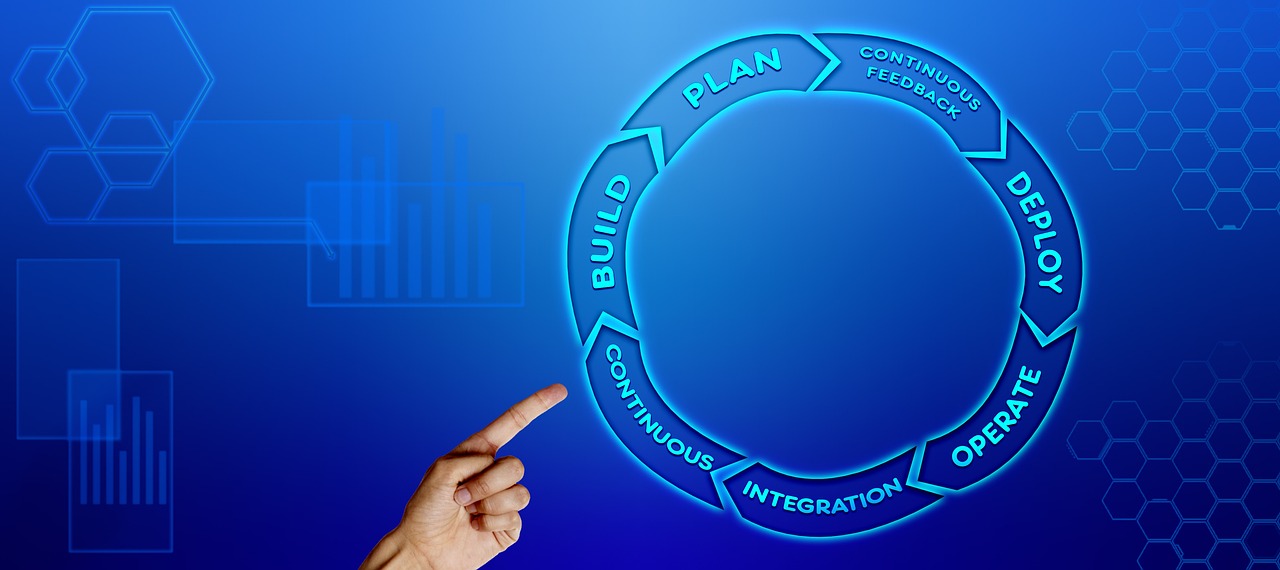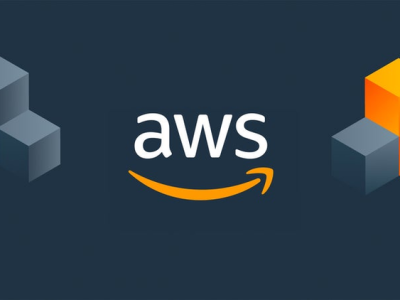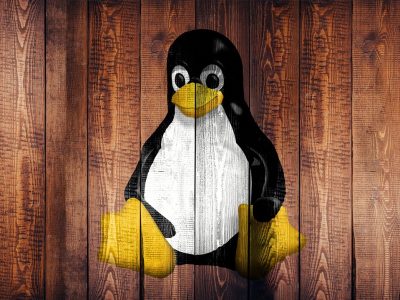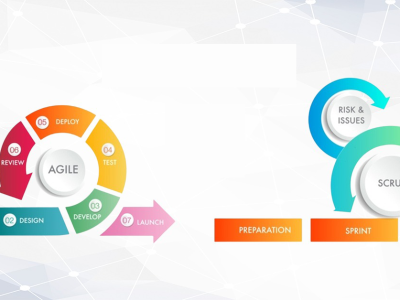Course Description
The DevOps course at Prospect Consulting offers a comprehensive understanding of the DevOps culture, principles, and tools. This course covers continuous integration and delivery, infrastructure as code, automation, and monitoring, preparing students for effective collaboration between development and operations teams.
Certification
Upon completing the DevOps course, students will receive a globally recognized certification from Prospect Consulting. This certification validates their expertise in DevOps practices, making them valuable assets for top companies seeking to improve their software delivery processes.
Learning Objectives
By the end of this course, students will be able to:
- Understand DevOps principles and culture.
- Implement continuous integration and continuous delivery (CI/CD) pipelines.
- Use version control systems (e.g., Git).
- Manage infrastructure as code (IaC) using tools like Terraform and Ansible.
- Automate application deployment and scaling with Docker and Kubernetes.
- Monitor and log applications using Prometheus and ELK Stack.
- Collaborate effectively between development and operations teams.
Course Features
- Lectures 165
- Quiz 0
- Duration 24 weeks
- Skill level All levels
- Language English
- Students 244
- Assessments Yes
- 11 Sections
- 165 Lessons
- 24 Weeks
- Introduction to DevOps1
- Infrastructure as Code (IaC)18
- 2.0Introduction to Terraform
- 2.1Difference Between Ansible and Terraform
- 2.2Install Terraform
- 2.3Terraform Providers
- 2.4Resources and Data Sources
- 2.5Change and Destroy Resources
- 2.6More Terraform Commands
- 2.7Terraform State
- 2.8Output Values
- 2.9Variables
- 2.10Environment Variables
- 2.11Initialize Git Repository
- 2.12Terraform Best Practices
- 2.13Terraform Provisioners
- 2.14Terraform Modules
- 2.15Terraform Remote State
- 2.16More Resources
- 2.17Terraform Video Recordings
- Version Control with Git19
- 3.0What is Version Control
- 3.1Basic Concepts of Version Control
- 3.2Basic Concepts of Git
- 3.3Set up Git Repository Remote and Local
- 3.4Working with Git
- 3.5Initialize a Git Repository Locally
- 3.6Concepts of Branches
- 3.7Merge Requests
- 3.8Deleting Branches
- 3.9Rebase
- 3.10Resolving Merge Conflicts
- 3.11Git Ignore
- 3.12Git Stash
- 3.13Going Back In History
- 3.14Undoing Commits
- 3.15Git for DevOps
- 3.16Git Best Practices
- 3.17More Resources
- 3.18Recordings – Git
- Continuous Integration and Continuous Delivery (CI/CD)23
- 4.0Introduction to Build Automation
- 4.1Build Automation Tool (Jenkins)
- 4.2What do you need to configure Jenkins
- 4.3Installing Jenkins
- 4.4Introduction to Jenkins UI
- 4.5Installing Build Tools
- 4.6Docker in Jenkins
- 4.7Introduction to Pipeline Jobs
- 4.8Required Fields for Jenkinsfile
- 4.9Pipeline Syntax
- 4.10Pipeline vs Freestyle Jobs
- 4.11Jenkinsfile Syntax
- 4.12Create Complete Pipeline
- 4.13Intro to Multibranch Pipeline
- 4.14Jenkins Job Overview
- 4.15Credentials in Jenkins
- 4.16Credentials Type
- 4.17What is Jenkins Shared Library
- 4.18Jenkins Shared Library
- 4.19Another Use case for Shared Library
- 4.20Webhooks – Trigger Pipeline Jobs Automatically
- 4.21Versioning your application
- 4.23Build Automation Best Practices
- Elastic Container Services (ECS)2
- Containerization with Docker21
- 6.0What is a Container
- 6.1Where do Containers Live
- 6.2How containers improved Application Development
- 6.3Containers Technologies
- 6.4Container vs Image
- 6.5Docker vs. Virtual Machine
- 6.6Docker Architecture & its components
- 6.7Docker Installation
- 6.8Main Docker Commands
- 6.9Container Port vs Host Port
- 6.10Debug Commands
- 6.11Docker Demo – Project Overview
- 6.12Developing with Docker
- 6.13Docker Compose – Run multiple Docker containers
- 6.14Dockerfile – Build your own Docker image
- 6.15Private Docker Repository
- 6.16Deploy docker application on a server
- 6.17Docker Volumes
- 6.18Docker Volumes in docker-compose
- 6.19More Resources…
- 6.20Video Recordings
- Elastic Kubernetes Service - EKS18
- 7.0Elastic Kubernetes Service (EKS)
- 7.1Create EKS Cluster with Node Group – Part 1
- 7.2Steps to create an EKS cluster
- 7.3Create IAM Role for EKS Cluster
- 7.4Create VPC for EKS Worker Nodes
- 7.5EC2 Role for Node Group (Worker Nodes)
- 7.6Useful Links:
- 7.7Create EKS Cluster with Node Group – Part 2 (Autoscaling)
- 7.8Useful Links:
- 7.9Create EKS Cluster with Fargate
- 7.10What is a Fargate Profile?
- 7.11Use Cases – having both Node Group and Fargate
- 7.12Create EKS Cluster with eksctl
- 7.13Useful Links:
- 7.14Complete CI/CD with DockerHub
- 7.15Complete CI/CD with AWS ECR
- 7.16More Resources…
- 7.17Video Recordings
- Python and Ansible19
- 8.0Introduction to Ansible
- 8.1Installing Ansible
- 8.2Setup Managed Servers
- 8.3Ansible Inventory
- 8.4Managing Host Key Checking
- 8.5Introduction to Ansible Playbook
- 8.6Project: Automate Node App Deployment
- 8.7New Modules Used
- 8.8Variables in Ansible
- 8.9Default Inventory Location
- 8.10Project: Ansible & Docker
- 8.11New Modules Used
- 8.12Project: Ansible Integration in Terraform
- 8.13Dynamic Inventory
- 8.14Useful Links:
- 8.15Project: Automate Kubernetes Deployment
- 8.16Project: Ansible Integration in Jenkins
- 8.17Ansible Roles
- 8.18More Resources…
- Monitoring and Logging7
- Python Programming and Automation with Python37
- 10.0Introduction to Python
- 10.1What is Python is used for?
- 10.2Why you need Python as a DevOps Engineer?
- 10.3Using Python to Automate
- 10.4Install Python & Local Setup
- 10.5Our First Program
- 10.6Strings and Numbers
- 10.7Variables
- 10.8Functions
- 10.9Scope
- 10.10User Input
- 10.11Conditional (if/else) & Boolean Data Type
- 10.12Error Handling with try / except
- 10.13While Loops
- 10.14List & For Loops
- 10.15Comments
- 10.16Sets
- 10.17Built-In Functions
- 10.18Dictionary Data Type
- 10.19Modules
- 10.20Project: Countdown App
- 10.21Packages, PyPI and pip
- 10.22Project: Automation with Python (Spreadsheet)
- 10.23Classes & Objects
- 10.24Project: API Request to Gitlab
- 10.25Introduction to Boto3 (AWS SDK for Python)
- 10.26Install Boto3 & Connect to AWS
- 10.27Getting familiar with Boto API
- 10.28Terraform vs. Python
- 10.29Project: EC2 Server Status Checks
- 10.30Project: Scheduling the Status Checks
- 10.31Project: Add Environment Tags to EC2 Servers
- 10.32Project: EKS Cluster Information
- 10.33Project: Data Backup for EC2 Instances
- 10.34Project: Cleanup EC2 Snapshots
- 10.35More Resources…
- 10.36Video Recording – Python
- DevOps Best Practices and Tools Integration0






